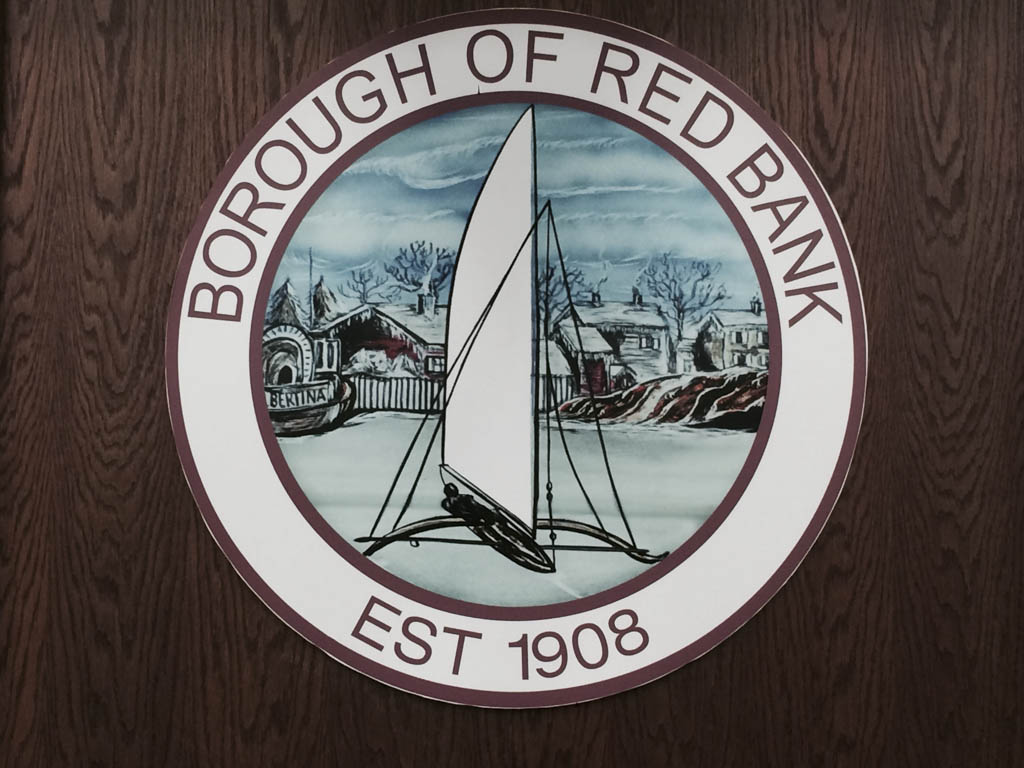The potential creation of a redevelopment plan that could encourage economic growth and tourism in Red Bank is described in a new vision statement.
The vision statement, which was presented to nearly 60 individuals at a strategic meeting on Sept. 10 at the Two River Theater, is a formal declaration which outlines Red Bank’s “communities, values and market realities, and the relative ability of an organization to impact the three to create a new future for a community.”
The strategic meeting included Red Bank stakeholders who met to discuss a plan of action for a redevelopment initiative that could be leveraged to encourage an increase in the number of visitors, consumers and tourists who are attracted to Red Bank.
A fifth and final strategic meeting is scheduled for Oct. 15 at a site and time to be determined.
During previous meetings, stakeholders emphasized what they believe to be three of the community’s greatest economic assets. Those assets are the recreational uses of the Navesink River, Riverview Medical Center and the theater district.
Stakeholders have brainstormed the ways in which those assets could be further improved upon.
Bill Fontana, executive director of the Pennsylvania Downtown Center, was hired to facilitate the development of a strategic plan that will map out the direction stakeholders would like to see the community move toward, said James Scavone, executive director of Red Bank RiverCenter, a nonprofit organization that manages Red Bank’s Special Improvement District.
The downtown district is defined as the area between the east side of Broad Street to the Galleria at the corner of Bridge Avenue and West Front Street, Scavone said.
During the Sept. 10 meeting, Fontana said the foundation of the vision statement is comprised of feedback that has been provided by stakeholders at previous meetings. The vision statement is a consolidated representation of Red Bank’s “biggest economic assets” and the unique aspects the stakeholders said the municipality consists of, he said.
The “center for experiences” has at least six unique features that can be improved and expanded upon to welcome future growth and prosperity, he said.
“You have a lot of outstanding assets here,” Fontana said. “Compared to a lot of communities we have worked in, (Red Bank) is at the top of the heap in terms of what communities have to build on. Most of the communities that are doing this kind of work would love to have the assets (Red Bank) has.”
According to the vision statement, Red Bank is defined as a hub for theater and visual arts, while also serving the public as a popular center for leisure, wellness, business and creativity. Those aspects will serve as the foundation for the future of the downtown district, he said.
The first part of the vision statement, created by Fontana, stated, “Located along the banks of the historic and scenic Navesink River, Red Bank’s central business district is a year round destination and a sophisticated and stylish residential address, with easy access to New York City, Philadelphia and the Jersey Shore.
“Serving as a simultaneously discerning and increasingly diverse customer base, Red Bank’s clean, safe and multi-faceted downtown provides residents, workers and visitors with a multitude of reasons to make the most of this riverside gem.”
Included in the vision statement is a list of features that include “a reimagined and reinvigorated riverfront,” and the idea of revamping the municipality to become a New Jersey Transit Village. The vision statement notes that a new-age “complete streets” philosophy will be implemented in certain areas of the borough.
“Complete streets are a planning concept which says your street development patterns should take into account accessibility for all types of users,” Fontana said. “The borough has already signed a complete streets resolution so we have incorporated that into our overarching theme … The borough is (also) working on making the downtown a New Jersey Transit Village.”
According to the New Jersey Department of Transportation website, a Transit Village is defined as an “incentive for municipalities to redevelop or revitalize the areas around transit stations that follow a transit-oriented development plan (TOD) … TOD helps municipalities create attractive, vibrant, pedestrian-friendly neighborhoods where people can live, shop, work and play without relying on automobiles.”
The vision statement presented by Fontana also marks Red Bank as a unique place for dining and shopping, a center for financial services, a center for health and wellness, and a regional center for arts and entertainment.
“The way you are positioned regionally is certainly for more of an adult, a kind of upscale audience,” he said. “The Red Bank RiverCenter board is particularly interested in the whole idea of experiential dining and experiential retail.”
The vision statement presented by Fontana does not outline a formal course of action that details how officials plan to move forward in the planning process.
During the public comment portion of the evening, members of the public who spoke were pleased with the conclusions that were drawn from previous strategic meetings.
The vision plan is not in set in stone and can be adjusted to meet the desires of the borough’s stakeholders, Fontana said.
In an interview following the meeting, Scavone said the vision statement presented by Fontana was “on target” with where stakeholders want to see Red Bank move toward over the next five years.
Scavone said the next step would be to determine how to move forward and improve upon the aspects that are outlined in the vision plan.
“Everyone felt like (the vision statement) was a good representation of the process,” Scavone said.

